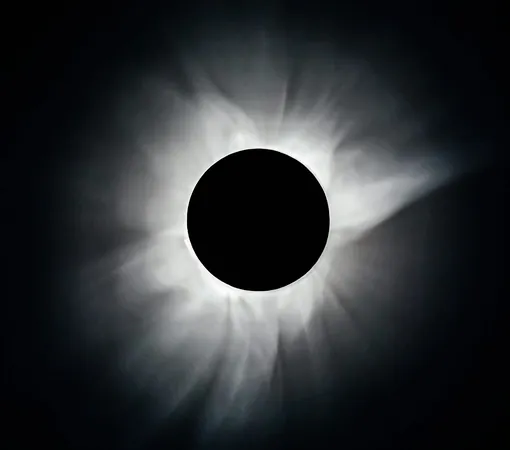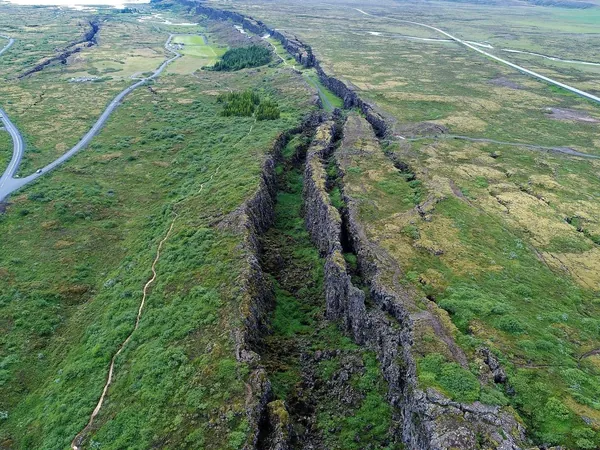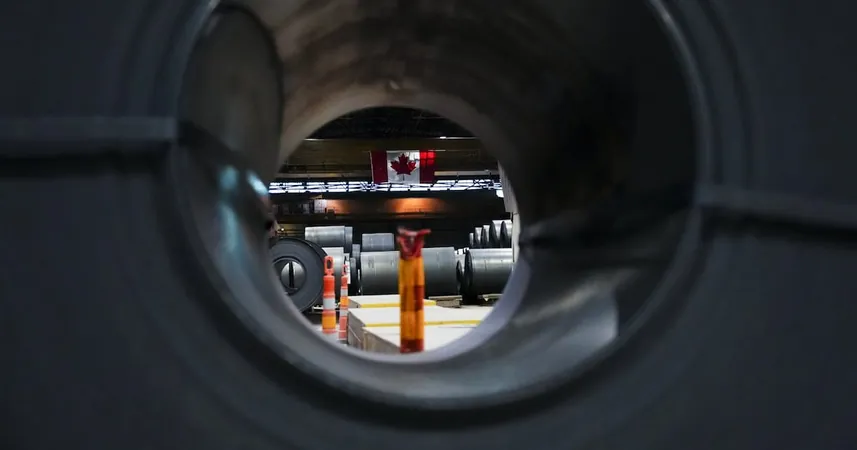
The Search for Planet Nine: Is a Giant Hidden World Lurking in Our Solar System?
2025-07-29
Author: William
Could There Be a Massive Planet Beyond Neptune?
For decades, scientists have speculated about the existence of a hidden planet at the fringes of our solar system. This theory dates back to before Pluto was even discovered in the 1930s! Initially, astronomers entertained the idea of a 'Planet X' to explain the curious orbit of Uranus, which strayed from the expected path. The suggestion was that a colossal planet, potentially several times larger than Earth, could be exerting its gravitational influence.
Although recalibrating Neptune’s mass clarified past enigmas, the intrigue reignited in 2016 when astronomers Konstantin Batygin and Mike Brown from Caltech proposed a tantalizing theory of 'Planet Nine.' The duo linked their hypothesis to the Kuiper Belt, a mysterious region filled with dwarf planets, asteroids, and more, situated beyond Neptune.
The Kuiper Belt's Orbital Oddities
Recently, many Kuiper Belt objects, or trans-Neptunian objects, have displayed erratic orbits. Batygin and Brown hypothesized that a yet-to-be-discovered massive planet might be influencing these paths. Much like our moon, which swirls around Earth while also orbiting the sun, the Kuiper Belt's inhabitants might also be influenced by an unseen giant.
Growing Evidence for Planet Nine?
Initially met with skepticism, the 'Planet Nine' theory has gained traction as new observations reveal even more anomalies in the orbits of these distant objects. In 2024, Brown remarked, 'I think it is very unlikely that P9 does not exist. Currently, there are no other explanations for the gravitational effects we observe.'
New Candidates and Cosmic Challenges
In 2018, astronomers identified a new candidate for a dwarf planet, dubbed 2017 OF201, measuring around 700 km across, which exhibited a highly elliptical orbit—an anomaly that might indicate influences from a massive Planet Nine. Yet, this raises questions: if such a planet exists, why haven't we found it?
The Hunt's Difficulties
Despite captivating discoveries, several astronomers argue that the data available from Kuiper Belt objects may not be sufficient to confirm the existence of Planet Nine. Some propose alternative explanations, like a vast ring of debris or even the far-fetched idea of a miniature black hole!
Moreover, the outer solar system hasn't been observed consistently enough. For example, 2017 OF201 has an orbital period of roughly 24,000 years! This lengthy cycle means that detecting shifts due to gravitational influences could take many orbits—far longer than our current observations.
New Discoveries Complicate the Search
The latest challenge for Planet Nine proponents comes from the newly discovered object 2023 KQ14, identified by the Subaru telescope in Hawaii. This object falls under a category known as 'sednoids,' which travel far from the sun, and its orbit suggests very little gravitational interference from nearby planets—implying that if Planet Nine exists, it could be much farther than 500 AU from the sun!
Hope Remains as We Peer Into the Cosmos!
The quest continues for astronomers eager to uncover the mysteries of the outer solar system. With our current spacecraft technology, such as NASA's New Horizons, it would take 118 years to reach the potential zone of Planet Nine! As we refine our telescopic capabilities, new objects are being discovered at a remarkable pace, slowly unraveling the secrets of the Kuiper Belt. So, keep your eyes on the skies—who knows what wonders await us in the vast cosmic expanse!









 Brasil (PT)
Brasil (PT)
 Canada (EN)
Canada (EN)
 Chile (ES)
Chile (ES)
 Česko (CS)
Česko (CS)
 대한민국 (KO)
대한민국 (KO)
 España (ES)
España (ES)
 France (FR)
France (FR)
 Hong Kong (EN)
Hong Kong (EN)
 Italia (IT)
Italia (IT)
 日本 (JA)
日本 (JA)
 Magyarország (HU)
Magyarország (HU)
 Norge (NO)
Norge (NO)
 Polska (PL)
Polska (PL)
 Schweiz (DE)
Schweiz (DE)
 Singapore (EN)
Singapore (EN)
 Sverige (SV)
Sverige (SV)
 Suomi (FI)
Suomi (FI)
 Türkiye (TR)
Türkiye (TR)
 الإمارات العربية المتحدة (AR)
الإمارات العربية المتحدة (AR)